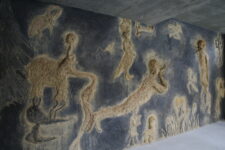
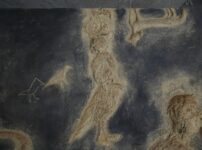
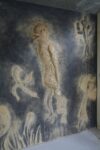


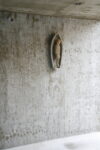
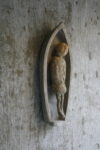
2025
Scene sculpture
2025
Soil / Straw / Sumi Ink
216X462cm
2024
Scene sculpture
2024
Charcoal / Stone / Wood / Vine / Leather / Soil / Concrete / Plants / Cloth
600x350x220cm
2021
Scene sculpture
2021
soil / moss / plant / stone / artificial flower
2021
Awakening the Prehistoric Self
Takakazu Takeuchi blows soap …
I am you, and you are me
Takeuchi’s works should not b…
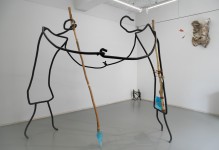
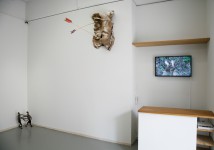
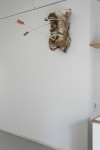

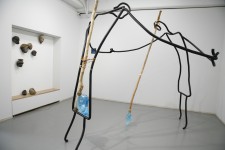
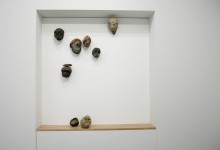
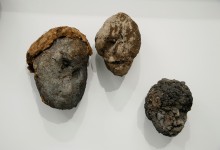
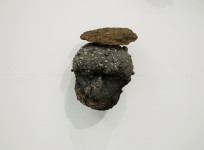


Scene sculpture
2021
earth / iron / ceramic / glass / wood / leather / feather / video / photo and etc
2021
Scene sculpture
2021
ceramic / soil / iron / glass / wood / leather
2019
Scene sculpture
2019
earth/glass/wood/ink/paper/leather/feather/pressed flower/video/mirror and ect
2019
Scene sculpture
2019
earth/stone/stuffed specimen/artificial flower/leaf and ect
330X250X240cm
2017
Scene sculpture
2017
wood/plaster/japanese paper/photo/acrylic glass/motor/resin/ceramic/stuffed specimen/feather/ink/acrylic color/india ink
1270X2200cm
2017
Scene sculpture
2017
duck / feather of duck / color / iron / wood / artificial turf / drawing
2015
Scene sculpture
2015
soil / wood / stone / vine / plant / artificial flower / glass / feather / terra cotta / candle
2014
Scene sculpture
2014
terracotta
2012
Scene sculpture
2012
iron, terracotta
2006
Scene sculpture
2006
Melting Surface
wax
installation size
2006
Scene sculpture
2006
wax、acrylic glass
installation size
2022
Sculpture
2022
ceramic / soil / india ink / gesso / glass / wood
2016
Sculpture
2016
stuffed specimen, feather, imitation diamond
30cmX3mX3.5m
2011
Sculpture
2011
Fallen leaves are observed and faithfully made and fired with clay.
black pottery
2008
Sculpture
2008
Lions hunt only when hungry but humans crave abundance like the story of Roman vomitoriums.
porcelain, cloth, table, sound
installation size
2002
Sculpture
2002
conversation with an empty bucket.
earth, wood, mirror, performance
installation size
2009
Surface Reflection
2009
photo
2009
Surface Reflection
2009
写真
2009
Surface Reflection
2009
photo
2008
Everything that enters our field of vision is nothing but surface;we can not see what is inside.
Rainbow Ball
A sculpture rising from the fr…
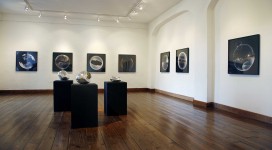

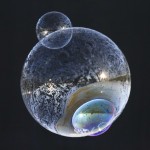
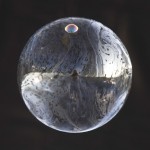

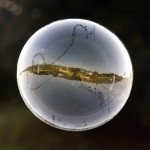

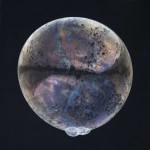
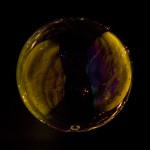
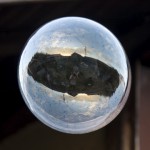
Surface Reflection
2008
Everything that enters our field of vision is nothing but surface;we can not see what is inside.
photo(90cmX90cm), glass
2007
Surface Reflection
2007
photo (90cmX90cm)
2006
Surface Reflection
2006
photo
2000
What would the world look like if each lens in our eyes had a different distortion?
What is it that I see?
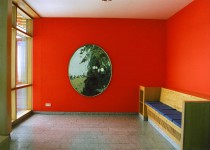

Surface Reflection
2000
What would the world look like if each lens in our eyes had a different distortion?
What is it that I see?
mirror, resin, paint
3.5mX5mX2.5m
2004
In Sleep
2004
The empty colors that ascend from my eye, nose and mouth during sleep.
porcelain, carpet
6mX4.5mX0.38m
2003
Meaning and phenomena are tightly bound. In sleep,I return to my past. Here, there is neither language nor meaning.
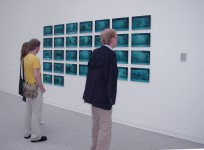
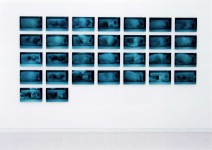

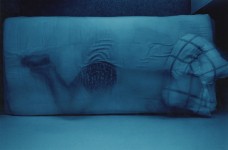
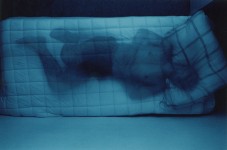
In Sleep
2003
Meaning and phenomena are tightly bound. In sleep,I return to my past. Here, there is neither language nor meaning.
30sheet photo
2001
In Sleep
2001
cardboard, white tape, photo,mirror,resin
4.3mX2mX2.8m
2000
In Sleep
2000
Liberation from the flesh is like a ship setting sail.
water, vinyl, wood, paint
2mX2m
2000
In Sleep
2000
resin, earth
installation-size
2000
In Sleep
2000
Drool stains on a pillow - Traces of the unconscious.
lightbox
1999
In Sleep
1999
earth, metal, photo, glass, chair
installation size
1999
In Sleep
1999
earth,pillow,grass
3mX4.5m
1997
I cut the letters t-r-e-e into leaves and rearranged them to create new words.
Who named the words we use in conversation and thought?


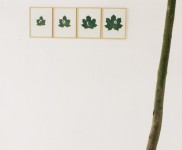
In Sleep
1997
I cut the letters t-r-e-e into leaves and rearranged them to create new words.
Who named the words we use in conversation and thought?
tree, bed, leaf
3mX3mX6.5m
1997
While inside my mother's body, I evolved into a person from a single cell. What did I see during this process.
Into sculptures made of earth, I wanted to carve the world "BIRTH" and the word "MEMORY". But since there were other letters carved into the works, these two words were unrecognizable.
When I was born, I had no language.
It is the memory of cells engraved within me.
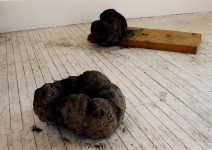
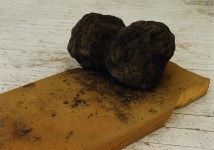
In Sleep
1997
While inside my mother's body, I evolved into a person from a single cell. What did I see during this process.
Into sculptures made of earth, I wanted to carve the world "BIRTH" and the word "MEMORY". But since there were other letters carved into the works, these two words were unrecognizable.
When I was born, I had no language.
It is the memory of cells engraved within me.
earth, mattress
68×75×74cm
90×180×73cm
1996
In Sleep
1996
earth, pillow, mat
installation size
2009
Meditation-along with nature
2009
earth, stone, wood, plant, photo
5mX3mX3m
2004
The flow of the river ist ceaseless and its water is never the same. The bubbles that float in the pools, now vanishing, now forming, are not of long duration; so in the world are men and their dwellings.
Hojoki - An Account of My Hut
Komo no Chomei, (1155~1216)
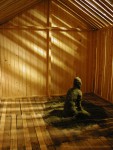
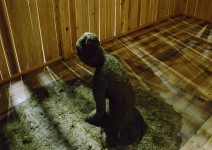
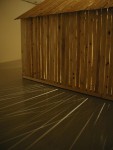
Meditation-along with nature
2004
The flow of the river ist ceaseless and its water is never the same. The bubbles that float in the pools, now vanishing, now forming, are not of long duration; so in the world are men and their dwellings.
Hojoki - An Account of My Hut
Komo no Chomei, (1155~1216)
earth, plant, wood
5mX3mX3m
2002
Meditation-along with nature
2002
The reversal of the axis.
earth, plant
20cmX20cmX48cm
2000
Meditation-along with nature
2000
tree, wood, stone
5mX3mX4.5m
1997
Meditation-along with nature
1997
earth, tree, house
12mX15m
1997
Meditation-along with nature
1997
earth, plant, wood
6mX4mX3m
1996
Meditation-along with nature
1996
earth, tub, lead
installation size
1995
Meditation-along with nature
1995
1994
Meditation-along with nature
1994
hencoop, earth, olive tree
1993
Meditation-along with nature
1993
stump, branch, string